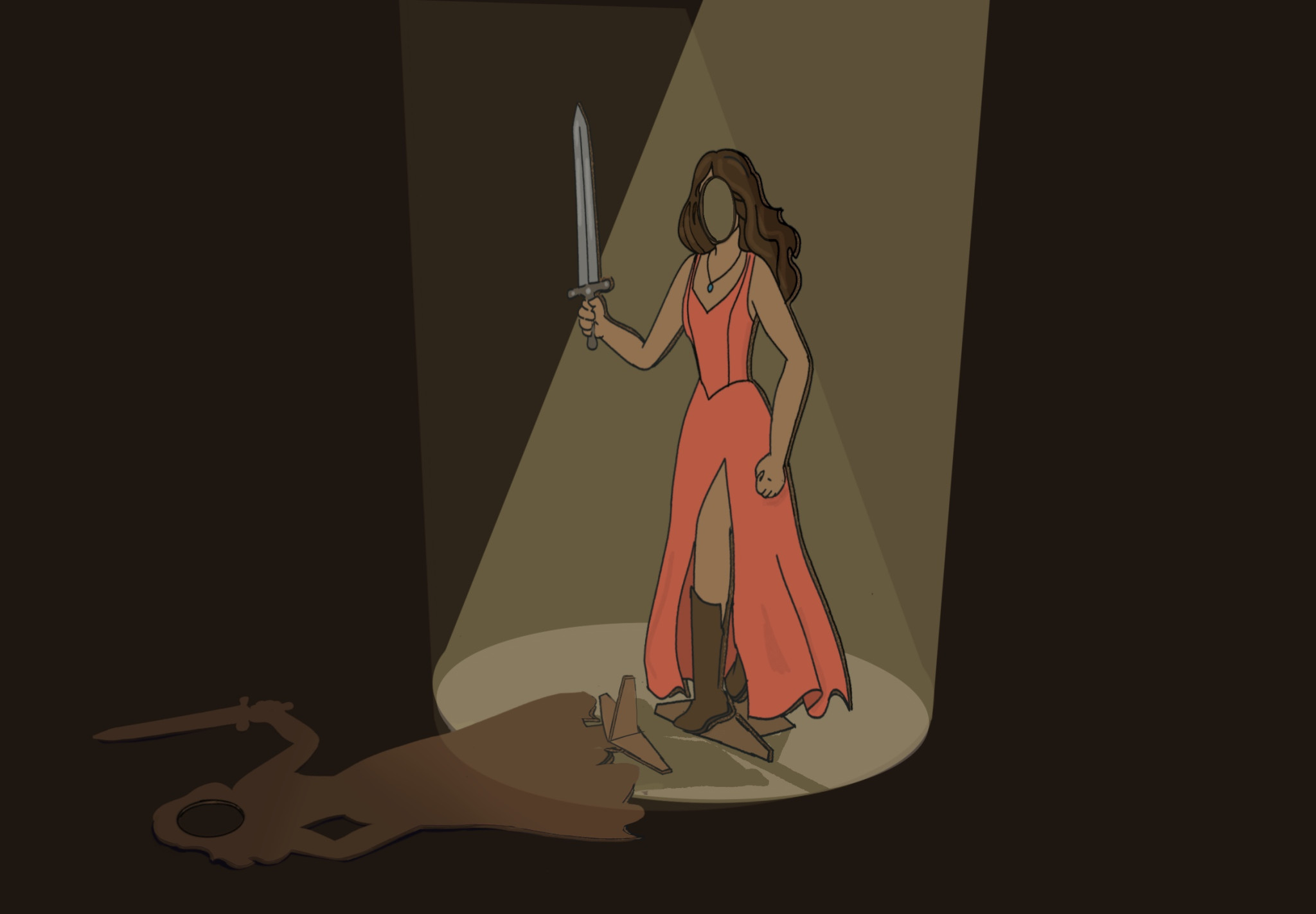Many recent Disney films have made attempts at rejecting the tropes common in their older films, which often centered the princesses’ relationships to men. However, while well-intentioned, many of these attempts have failed on the most basic level. Disney’s attempts at feminism in recent films feels performative because these characters don’t have fully fleshed-out internal conflicts. This means that though both the characters and the marketing claim the female protagonists are strong and independent, they never get a chance to prove this.
When the audience is told that female characters are strong but aren’t given opportunities to prove their strength, the strength is undermined. Good stories have both an internal and external conflict the character must overcome; together, they allow the audience to understand who the character is and why they deserve to be the protagonist. Many recent Disney movies fail to present a solid internal conflict, meaning the external conflict doesn’t feel as important because the film hasn’t made it clear why it’s important to the protagonist. Their physical victories and triumphs over the external conflict feel hollow or anticlimactic.
The “Snow White” remake tries to give Snow White more initiative by having her lead the people of the kingdom in revolution against the Evil Queen, which, at a glance, seems like an interesting plot with a lot of potential for a strong, independent heroine. However, because the movie has no internal conflict, the audience doesn’t see Snow White overcome any personal challenges. Even by the climax of the movie, she’s still unable to stand up for herself or her people, proving she hasn’t grown as a character. She’s never pictured fighting, even though we’re told by the other characters that she’s going to. When given a chance to defeat the Evil Queen, she does nothing. Snow White’s portrayed lack of strength is exacerbated by the fact that her male love interest is able to fight back when faced with similar situations, sending the message to the audience that women should take the “moral high ground” even when faced with very real danger.
The trend continues in other films, for example, “Moana 2.” Moana isn’t given any real flaws to overcome; there’s no internal conflict. The emotional low point of the movie is a short scene where she doubts her capabilities, but with one pep talk from Maui, she’s back on her feet. All Moana needs to see her strength is for a male character to tell her she’s strong, which reinforces the harmful stereotype that a woman’s worth must be granted by a man.
When the internal conflict is either incredibly weak or completely missing, as it is in many recent films, the characters don’t feel like people, and they don’t have enough challenges to overcome. The heroines don’t get to prove their strength, weakening their persona. It feels like performative feminism, in which the filmmakers want to have the illusion of strong female characters without actually letting their female characters overcome struggles. This isn’t sending a valuable message to the young girls who watch their movies. These movies are essentially saying women can be strong, but only in a way that’s palatable to others and isn’t too loud or overt.
The solution is simple: represent women as whole, complete people. Give them flaws and strengths. Let them overcome internal challenges like any male character. This isn’t to say being a woman can’t be important to their character, but they have to be, first and foremost, a character. This lack of internal conflicts is detrimental to the portrayal of female characters who are supposed to be depicted as strong. It’s important to consider how the conflict of a story changes the characterization of its female characters to avoid making them feel stereotypical or performative.





